The global culinary landscape has been shaken by recent developments in Japan's beef export policies, particularly concerning its prized Wagyu cattle. Renowned for its exceptional marbling and melt-in-your-mouth texture, Japanese Wagyu has long been considered the gold standard of beef worldwide. However, new restrictions on exports have created significant ripples across international markets, with American restaurants bearing the brunt of these changes through substantial price hikes.
In major U.S. cities where high-end Japanese steakhouses and fusion restaurants have flourished, menu prices have surged by as much as 30% over the past quarter. Establishments that built their reputations on authentic Wagyu dining experiences now face difficult choices between absorbing unsustainable costs or passing them on to increasingly hesitant customers. The situation has sparked heated discussions among chefs, restaurateurs, and food enthusiasts about the future of luxury dining in an era of constrained global trade.
The roots of this crisis trace back to Japan's domestic agricultural policies, which have gradually tightened controls on Wagyu exports to protect local supply and maintain quality standards. While Japan has never been a major beef exporter compared to countries like Australia or the United States, its premium Wagyu products commanded disproportionate influence in upscale dining circles worldwide. The recent policy changes reflect growing concerns about preserving Japan's culinary heritage while meeting booming international demand.
American importers report that securing authentic Japanese Wagyu has become increasingly difficult and expensive. Where previously they might have received regular shipments with relative ease, they now face lengthy waiting periods, reduced quotas, and intense competition from other markets. This scarcity has created a domino effect throughout the supply chain, from distributors to final consumers. Some restaurants have begun blending domestic Wagyu-style beef with the genuine article to stretch their dwindling supplies, while others have removed certain Wagyu items from their menus entirely.
The price inflation isn't limited to high-end steakhouses. Casual dining establishments that incorporated Wagyu into burgers or other accessible formats have been particularly hard hit. What was once a premium ingredient used to elevate ordinary dishes has now become prohibitively expensive for many operators. Industry analysts note that some chains have quietly reformulated their menus, replacing Japanese Wagyu with American or Australian alternatives while hoping customers won't notice the difference.
This situation has exposed the fragile nature of globalized food systems, where political decisions in one country can dramatically impact dining cultures thousands of miles away. The Wagyu shortage comes at a particularly challenging time for the American restaurant industry, which is still recovering from pandemic-related disruptions and now faces inflationary pressures across multiple fronts. Labor costs, energy prices, and other ingredients have all seen significant increases, making the additional burden of Wagyu scarcity especially painful.
Some industry veterans see this as an opportunity for American ranchers to fill the gap with domestic Wagyu-style beef. Over the past decade, U.S. producers have made significant strides in breeding cattle with similar genetic profiles to Japanese Wagyu and employing comparable feeding techniques. While purists argue that true Wagyu can only come from Japan's carefully maintained bloodlines, others believe the current crisis might accelerate the acceptance of American alternatives in the premium beef market.
The situation has also sparked debates about food authenticity and cultural appropriation in culinary circles. As prices rise and supplies dwindle, some chefs are reconsidering their reliance on imported luxury ingredients when local alternatives might offer comparable quality with lower environmental impact. This philosophical shift could have lasting implications for how high-end restaurants conceptualize their menus and sourcing strategies in the future.
Meanwhile, Japanese agricultural officials maintain that the export restrictions are necessary to ensure the long-term sustainability of their Wagyu industry. They point to issues of traceability, quality control, and the need to prevent over-commercialization of a product deeply tied to Japanese cultural identity. While sympathetic to international partners' concerns, they emphasize that protecting the integrity of Wagyu as a premium product sometimes requires difficult decisions about supply management.
As American diners adjust to the new reality of Wagyu pricing, the broader implications for global food trade continue to unfold. This episode serves as a reminder of how interconnected modern gastronomy has become, and how vulnerable it remains to geopolitical and economic shifts. Whether this marks a temporary disruption or a permanent reshaping of the luxury beef market remains to be seen, but its effects are already being felt in dining rooms across the United States.
The coming months will prove crucial for determining how the American restaurant industry adapts to these challenges. Some establishments may choose to double down on authentic Japanese Wagyu as an even more exclusive offering, while others might pivot toward alternative premium ingredients. What's certain is that the days of relatively affordable access to this culinary luxury have, for now, come to an end.
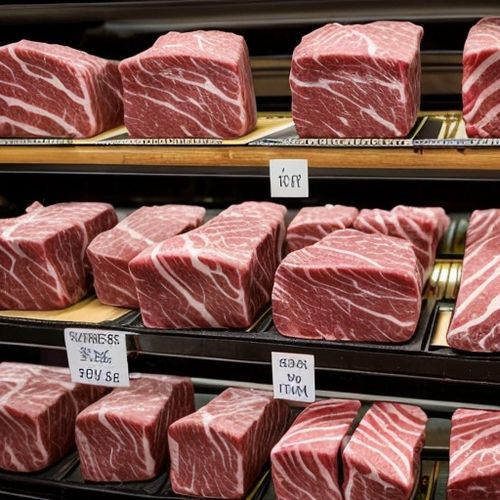
By Lily Simpson/Apr 10, 2025
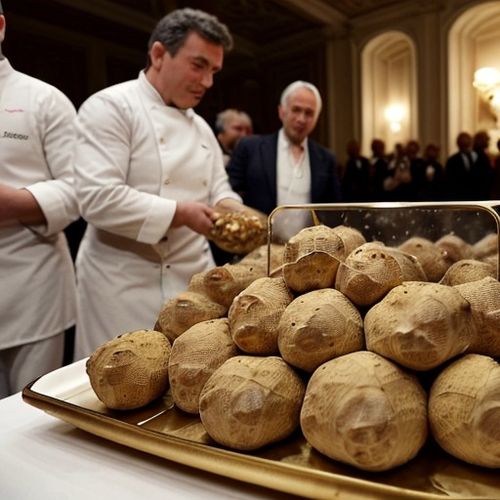
By Victoria Gonzalez/Apr 10, 2025
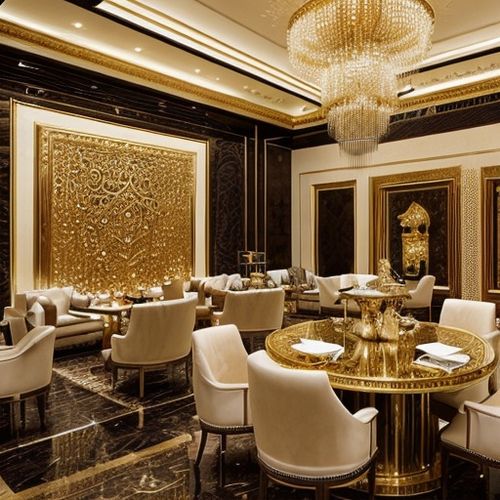
By Emily Johnson/Apr 10, 2025

By Megan Clark/Apr 10, 2025
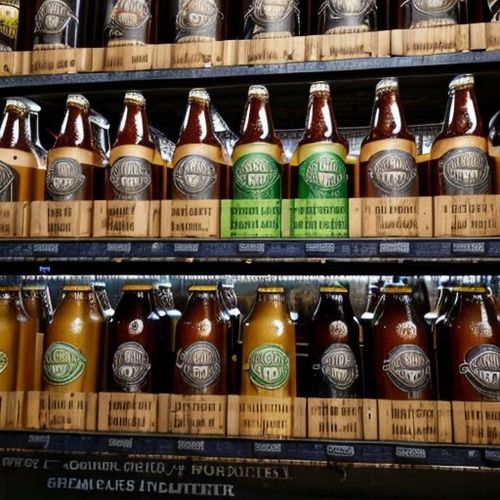
By Amanda Phillips/Apr 10, 2025
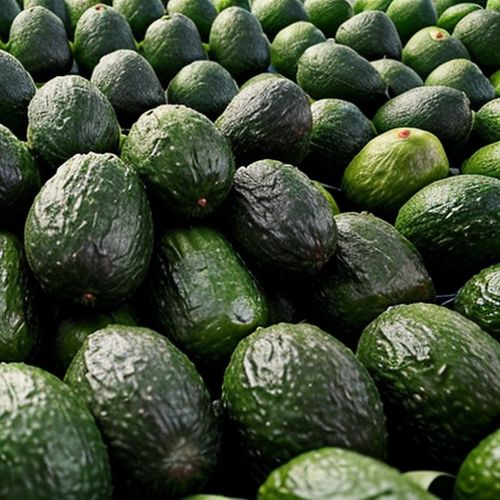
By James Moore/Apr 10, 2025
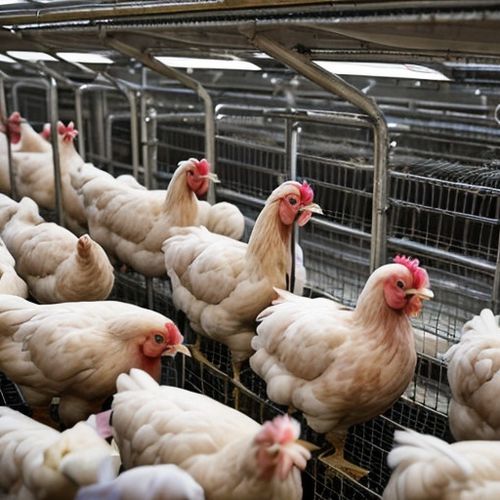
By Noah Bell/Apr 10, 2025

By Eric Ward/Apr 10, 2025

By Megan Clark/Apr 10, 2025
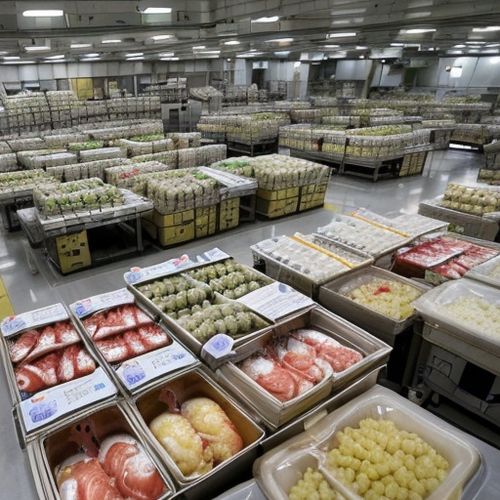
By Natalie Campbell/Apr 10, 2025
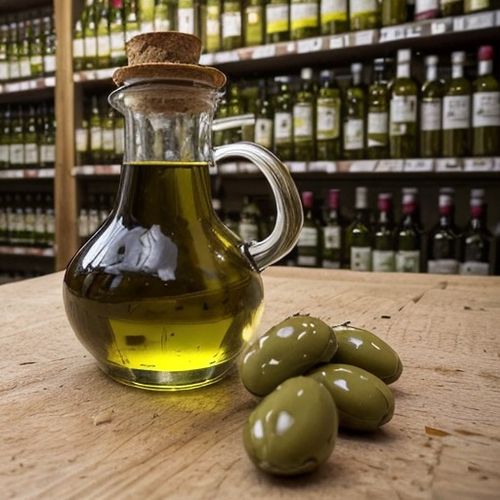
By Amanda Phillips/Apr 10, 2025
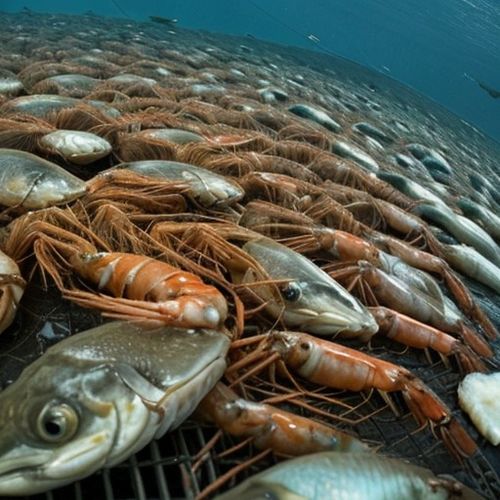
By Michael Brown/Apr 10, 2025

By Elizabeth Taylor/Apr 10, 2025
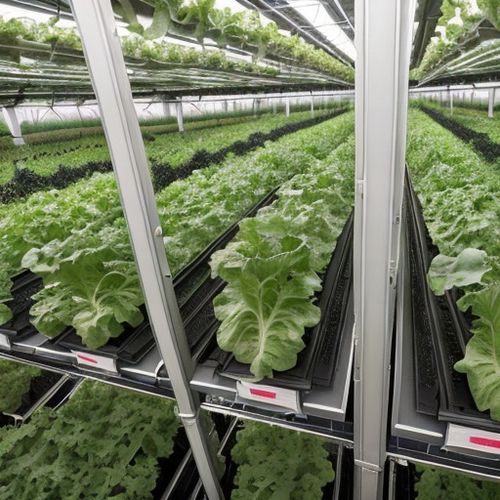
By Emma Thompson/Apr 10, 2025
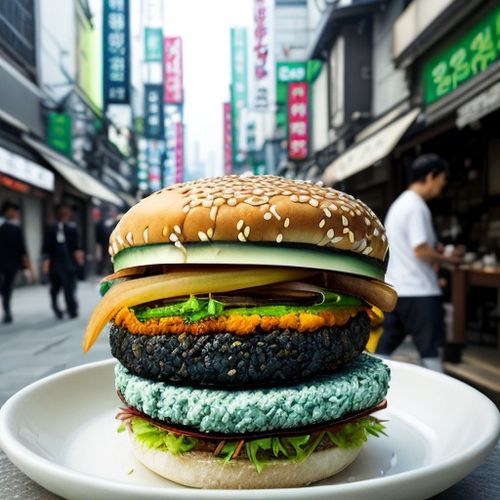
By Natalie Campbell/Apr 10, 2025
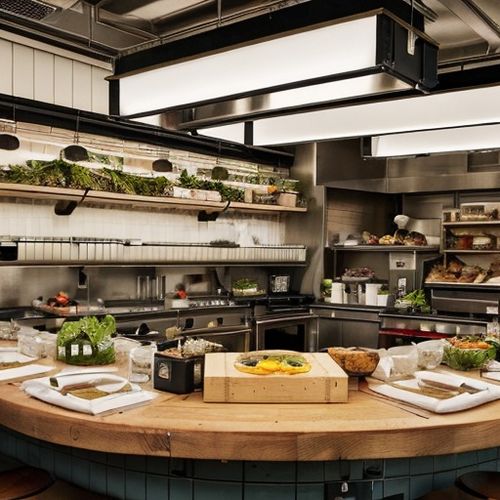
By Eric Ward/Apr 10, 2025
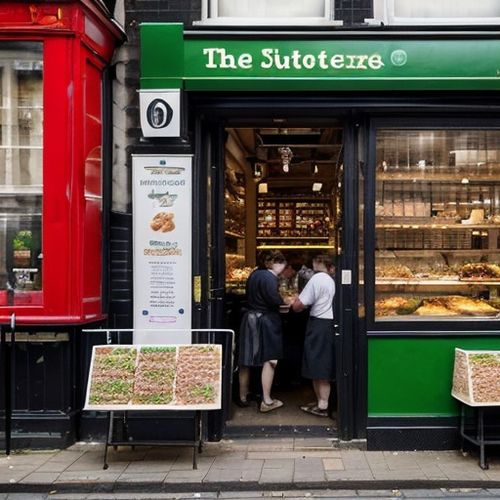
By Sophia Lewis/Apr 10, 2025